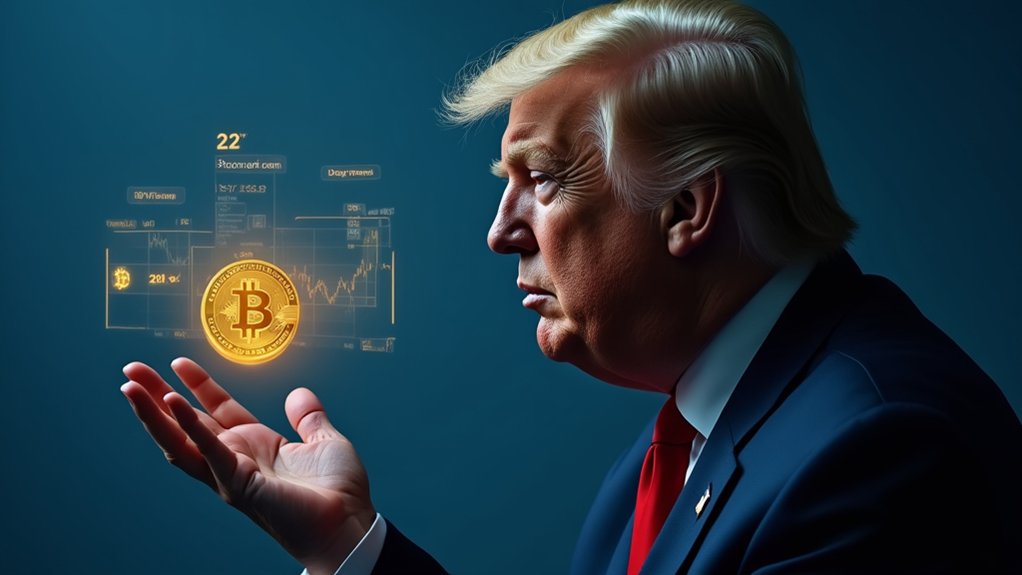Bitcoin has bulldozed through yet another psychological barrier, surging past $119,000 in what can only be described as institutional capitalism‘s belated embrace of what was once dismissed as digital fool’s gold. The cryptocurrency peaked at $119,308 before settling near $118,882, marking a nearly seven-week rally that has transformed skeptics into believers and believers into evangelists.
Bitcoin’s relentless surge past $119,000 represents institutional capitalism’s reluctant surrender to what it once scorned as digital fool’s gold.
The driving force behind this extraordinary ascent isn’t retail FOMO or speculative mania—it’s the measured, deliberate accumulation by institutions that once viewed Bitcoin with the same enthusiasm reserved for root canals. BlackRock and Fidelity‘s ETF activities have become the primary catalysts, with U.S. spot Bitcoin ETFs recording net inflows of $1.18 billion in a single week. BlackRock’s IBIT alone attracted $448.5 million, suggesting that even the most conservative financial institutions have finally acknowledged what Bitcoin maximalists have been shouting from digital rooftops for years. This institutional momentum builds on BlackRock’s IBIT achieving a 19-day inflow streak through May 9, demonstrating sustained conviction in Bitcoin’s long-term prospects.
Corporate treasuries have joined this feeding frenzy, collectively acquiring approximately $554 million in Bitcoin within one week—a buying pattern reminiscent of previous accumulation cycles that preceded significant price surges. This institutional appetite has created a fascinating supply-demand imbalance: ETF inflows sometimes exceed daily mining production, which currently generates only 450 new Bitcoins per day against a backdrop of capped supply at 21 million coins.
The scarcity narrative has never been more compelling. Bitcoin held on exchanges sits at a 10-year low of 1.25% of total supply, while only 1.11 million coins remain to be mined. When institutions acquire 10,000 BTC in a single day—dwarfing daily mining output—the mathematics become unavoidably bullish. The structural imbalance reached extreme levels when only 450 BTC were mined on July 10 while ETFs acquired close to 10,000 BTC, creating a 22x supply-demand gap.
Regulatory clarity has provided the final piece of this puzzle, alleviating institutional concerns and encouraging adoption by major financial institutions. The result is Bitcoin’s transformation from speculative asset to what institutional investors increasingly view as a stable hedge against economic and geopolitical uncertainty.
While trading volume decreased 22.4% to $43.56 billion, this decline suggests more spot buying and long-term holding rather than speculative trading—a maturation that would have seemed impossible during Bitcoin’s more volatile adolescence. The euphoria is palpable, but unlike previous rallies, this one carries the weight of institutional legitimacy.








